Narrative-style research summaries - Transformative Summaries

Hello! I'm here to help you understand research papers quickly and clearly.
Turning Research into Narratives
Summarize the background of this research paper in five sentences or less.
Identify the specific questions the authors aim to answer in their research.
What is the primary approach the authors take to address their research questions?
Describe the main results of each experiment, figure, and table in this research paper.
Get Embed Code
Understanding Narrative-style Research Summaries
Narrative-style research summaries are crafted to transform complex research findings into engaging, accessible narratives. Unlike traditional academic abstracts or dry, bullet-point summaries, these narratives weave the essence and findings of studies into a story-like format. This approach is designed to make scientific research more approachable and understandable to a broader audience, without sacrificing the depth and integrity of the information. By incorporating elements of storytelling, such as setting up a context, introducing the 'characters' (e.g., study participants, cells, or ecosystems), and unfolding the research process and findings like a plot, these summaries aim to capture the reader's interest and make the implications of the research more relatable. An example scenario could be summarizing a complex study on climate change impacts on coral reefs, transforming data and analyses into a compelling narrative that highlights the urgency and personal relevance of the findings. Powered by ChatGPT-4o。

Core Functions of Narrative-style Research Summaries
Enhancing Accessibility
Example
Making a technical study on genetic mutations in rare diseases understandable for non-experts.
Scenario
A healthcare blogger uses a narrative-style summary to inform readers about new research, explaining how certain genetic markers can predict disease progression, using layman's terms and relatable analogies.
Facilitating Engagement
Example
Conveying the significance of archaeological discoveries in ancient human settlements.
Scenario
A museum curator prepares an exhibition panel, utilizing a narrative summary to take visitors on a journey through time, highlighting how these findings alter our understanding of human history.
Supporting Decision Making
Example
Summarizing findings on the effectiveness of remote work for different industries.
Scenario
A business consultant crafts a narrative summary to present to corporate leaders, illustrating how remote work can affect productivity and employee satisfaction, backed by recent studies, to guide future workplace policies.
Who Benefits from Narrative-style Research Summaries?
Educators and Students
Educators can use these summaries to introduce complex subjects in a more engaging way, making it easier for students to grasp and retain information. Students can leverage them to better understand and remember study materials, especially when preparing for exams or working on research projects.
Healthcare Professionals
Healthcare providers can stay updated on the latest research without having to navigate dense academic papers, helping them make informed decisions about patient care. Public health officials can use simplified summaries to communicate important health information to the public, especially in crisis situations.
Policy Makers and Non-profit Organizations
These users benefit from narrative summaries by gaining a clear understanding of research implications for policy and community programs. Summaries can help them advocate for changes or funding by presenting compelling evidence in a format that's persuasive to stakeholders and the general public.

Guidelines for Using Narrative-Style Research Summaries
1
Begin by accessing yeschat.ai to explore the free trial offering, without the requirement for login or subscribing to ChatGPT Plus.
2
Identify the research paper or study you wish to summarize. Ensure you have a digital copy (PDF preferred) of the document ready for analysis.
3
Upload the document to the platform. Use the dedicated upload section for documents to ensure the system correctly processes your file.
4
Specify any particular focus or questions you have regarding the research study. This helps tailor the narrative summary to your interests or needs.
5
Review the generated narrative summary. Make use of the insights provided to inform discussions, support academic writing, or enhance your understanding of the research topic.
Try other advanced and practical GPTs
Become A World-Class Experimental Innovator
Empowering your innovation journey with AI

KDP Companion
Empowering your KDP journey with AI.
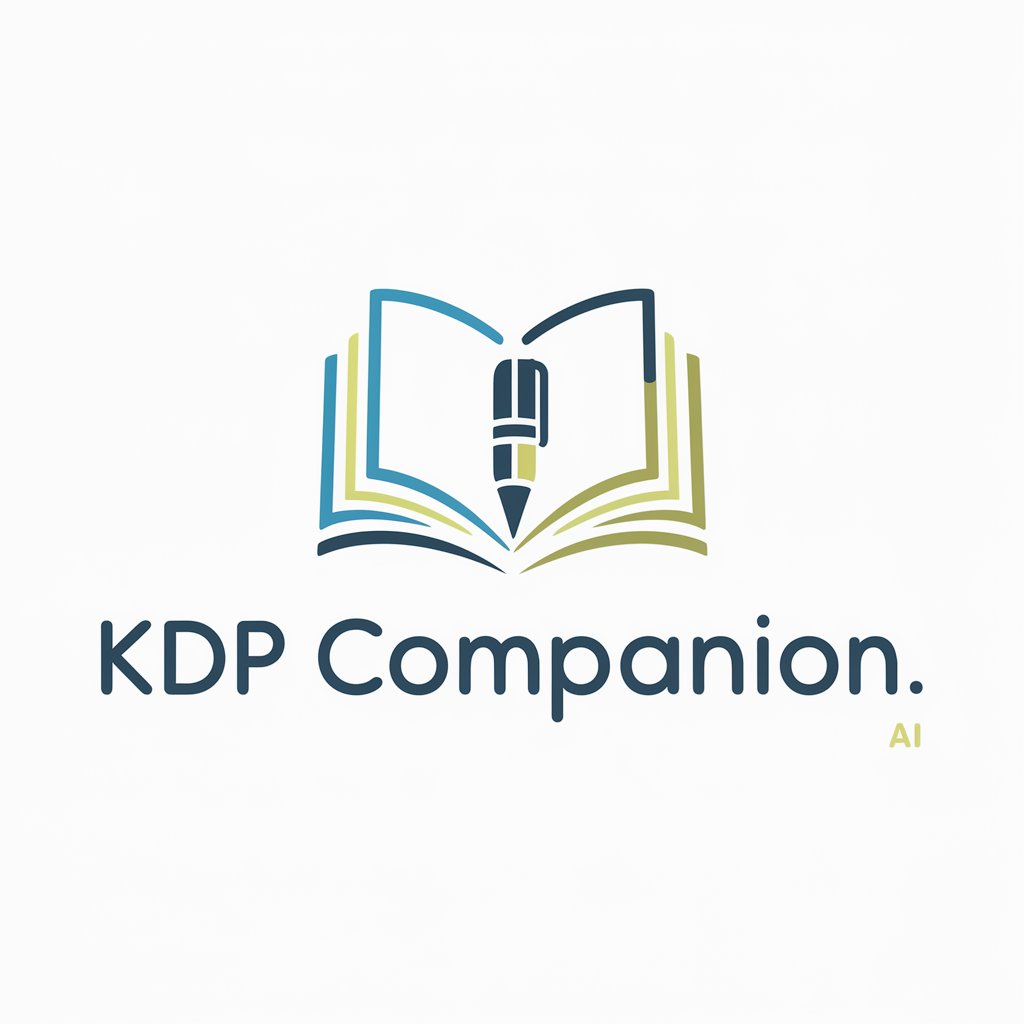
Task Slayer
Turn to-dos into epic battles.

Beauty by AI
Personalized Beauty at Your Fingertips
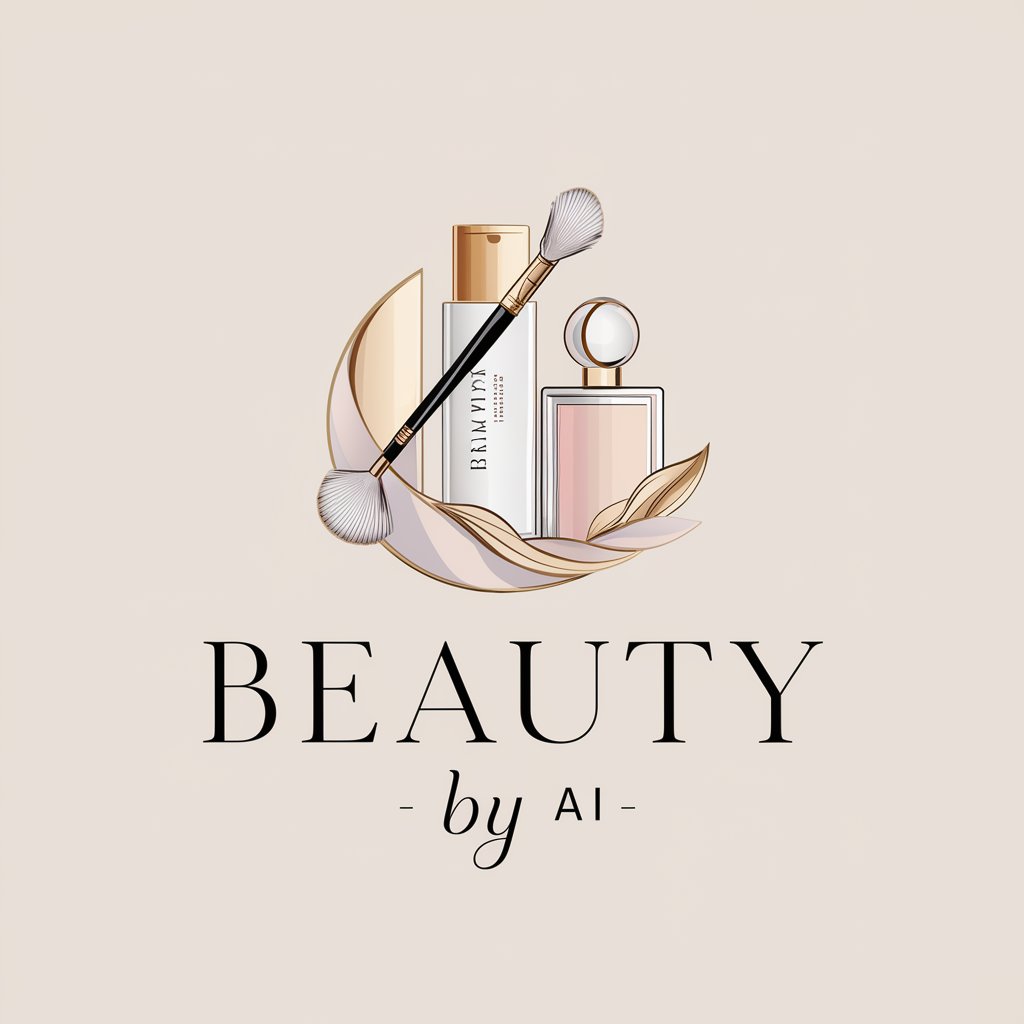
PM Manage Rocket
Empowering project management with AI
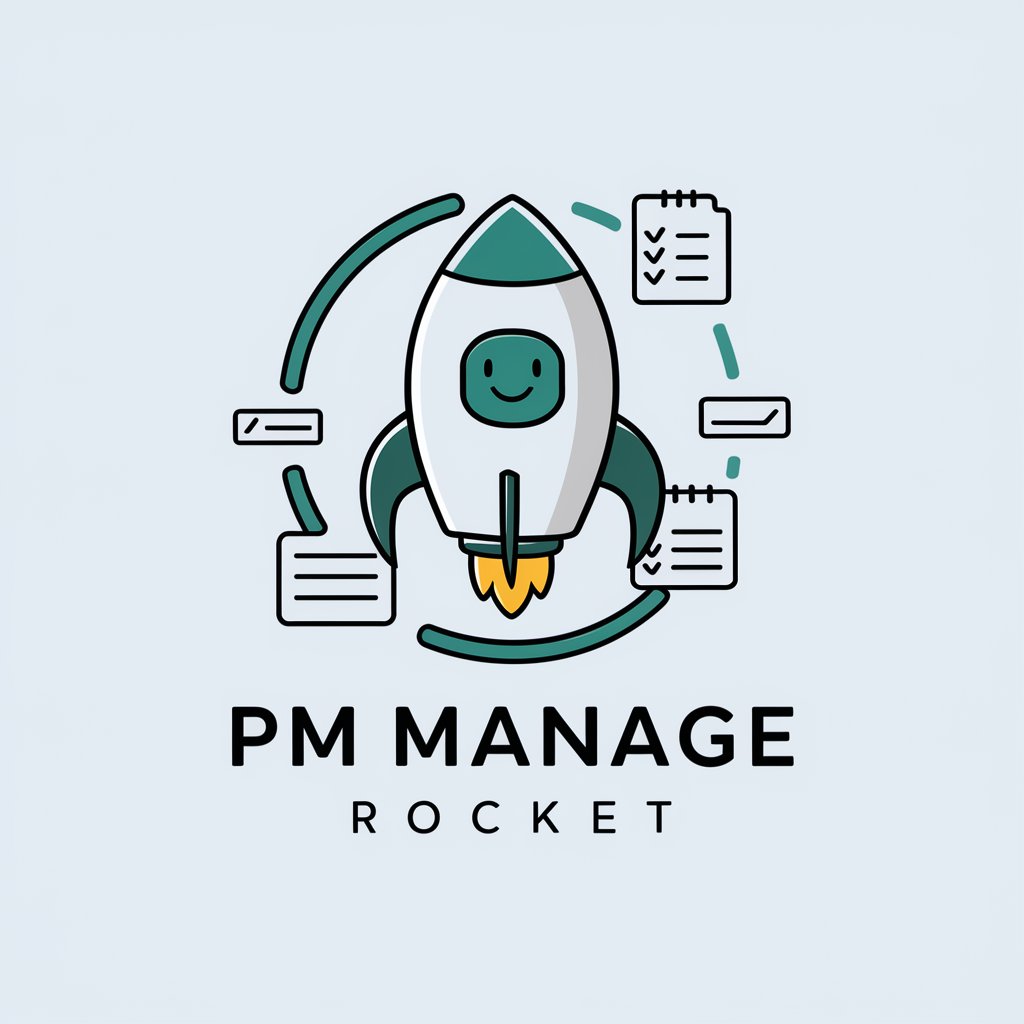
Super-Self
Empowering Your Potential with AI
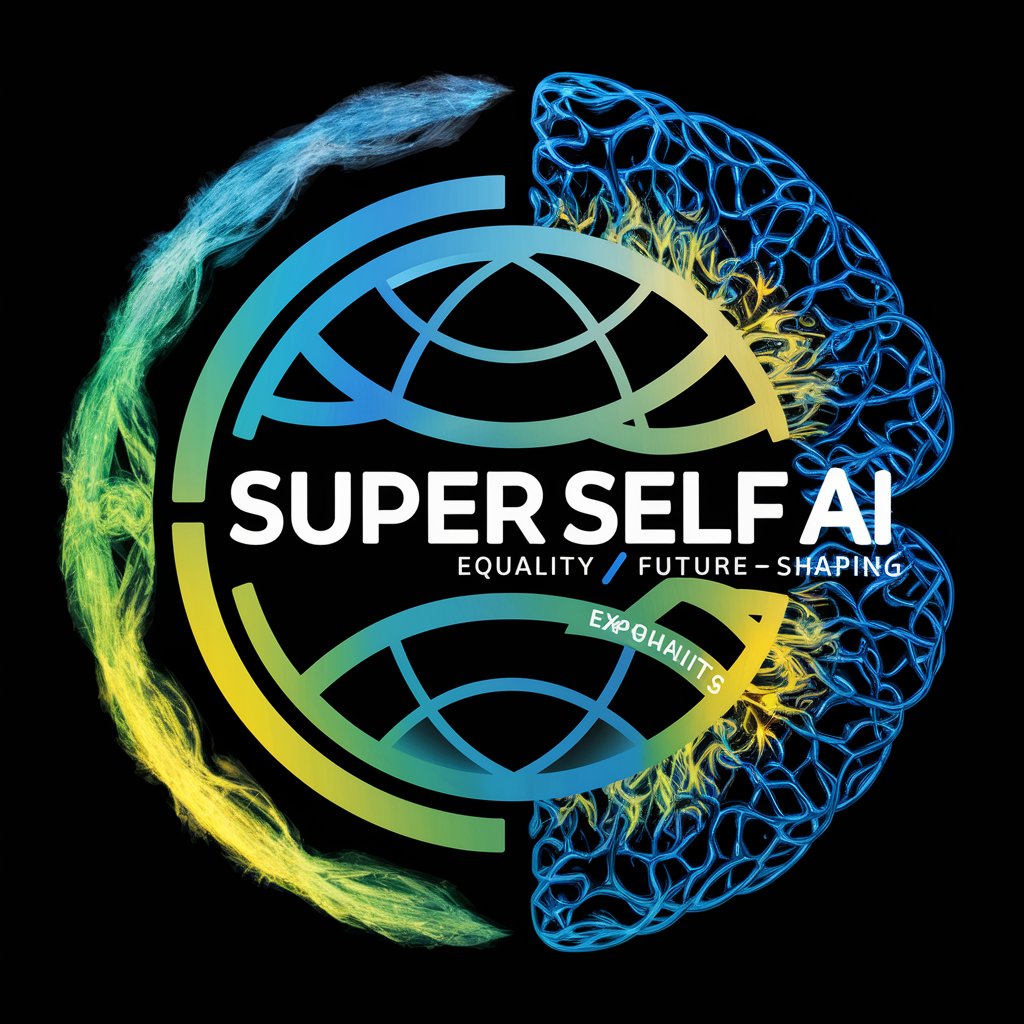
Strategic Negotiation Pro
Empower Negotiations with AI Intelligence
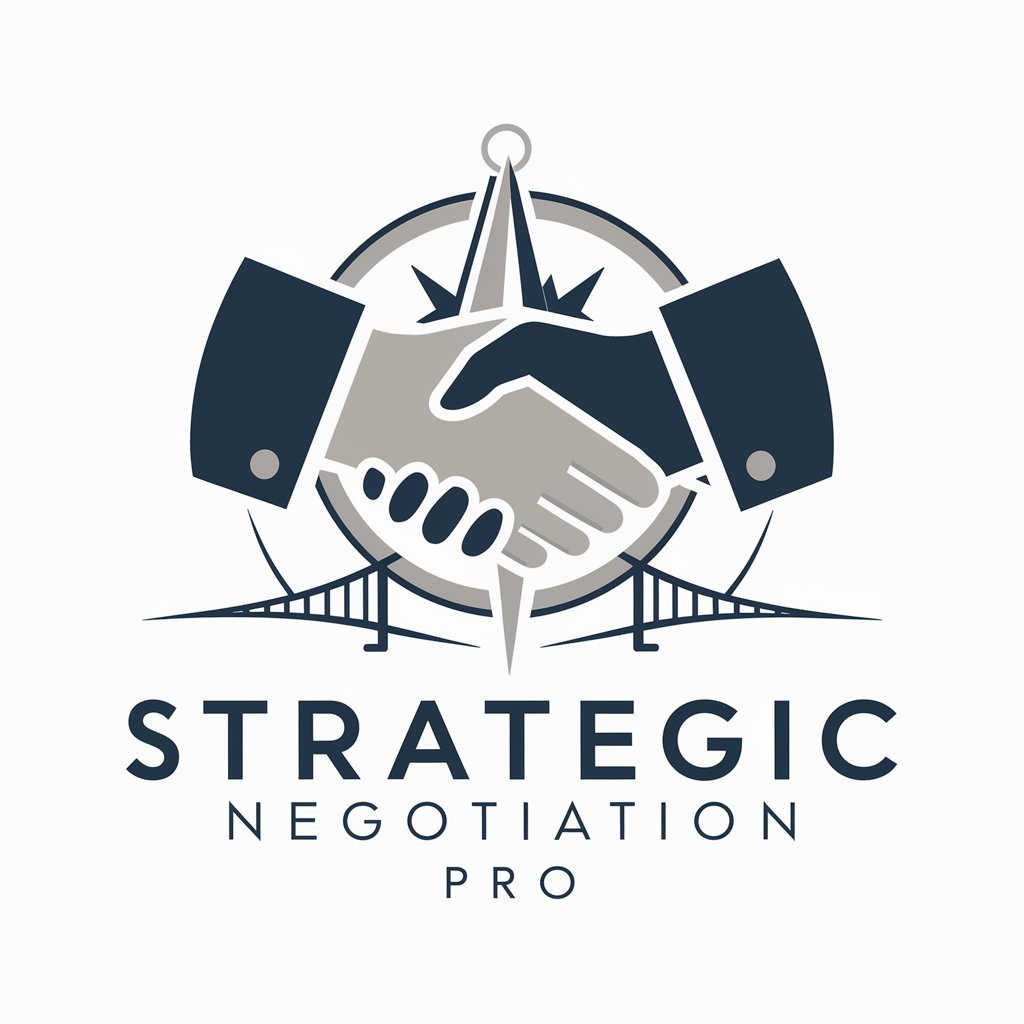
PyGMTSAR Assistant
Transforming InSAR data into insights with AI
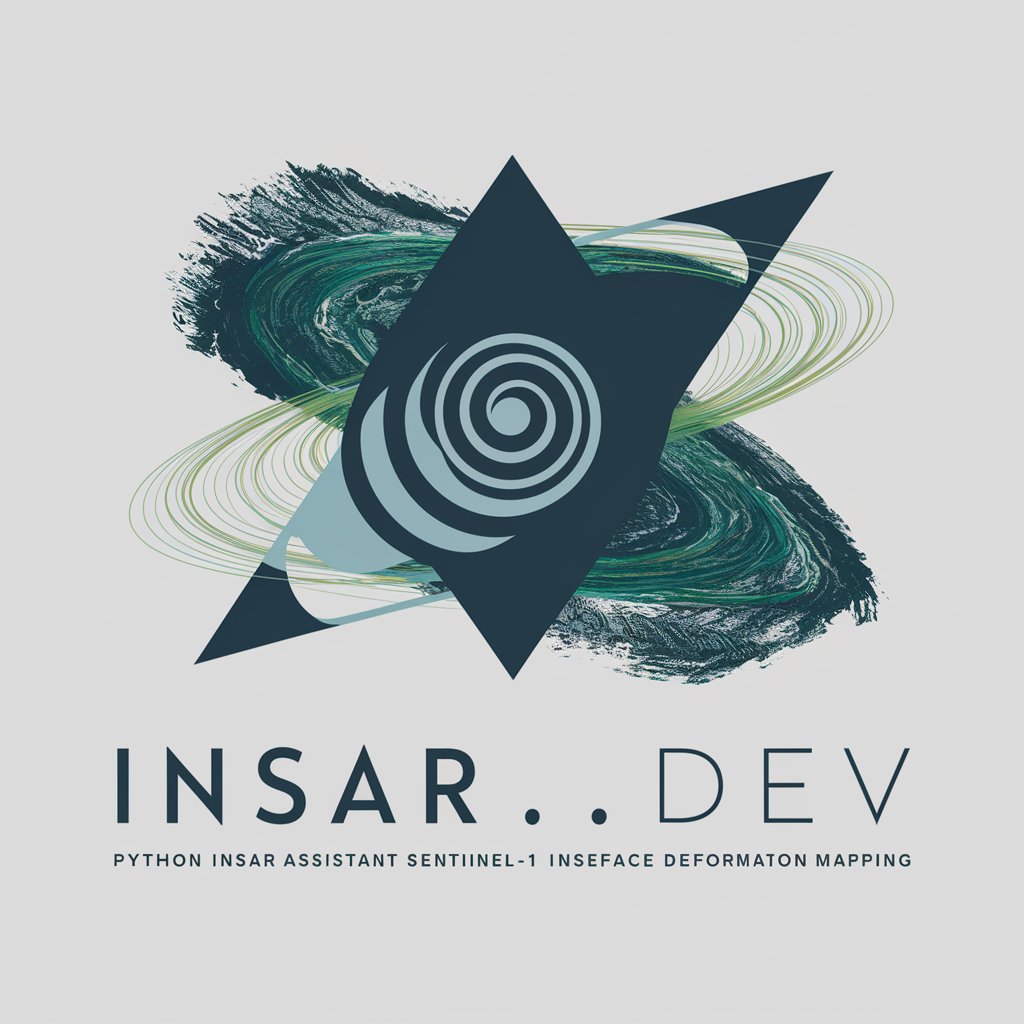
Human AI
Blurring the lines between AI and human chat.
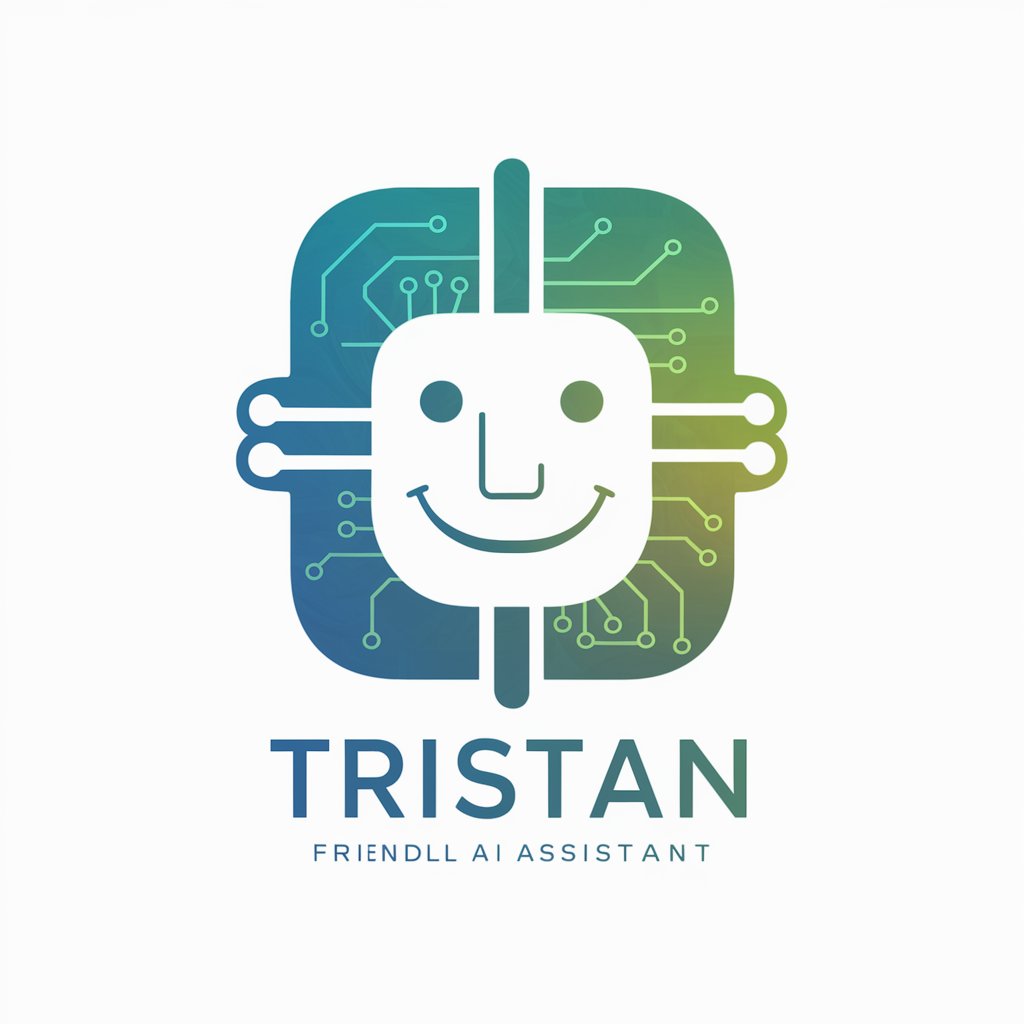
UEFN Dev Assistant (Verse also)
Empowering UEFN Development with AI

HAPPY HORRORS by NMA
AI-powered Horror Imagery Creation

Prompt Compressor
AI-powered text compression for clarity and brevity.

FAQs on Narrative-Style Research Summaries
What makes Narrative-style research summaries unique?
Narrative-style research summaries transform complex research findings into engaging, story-driven narratives. This approach makes scientific information accessible and relatable to a broader audience, emphasizing implications and insights over raw data.
Can I use these summaries for academic purposes?
Absolutely. These summaries are ideal for enhancing your understanding of a topic, supporting literature reviews, or providing a basis for discussion in academic settings. However, direct citations of the original research are recommended for scholarly work.
How detailed are the summaries?
The summaries aim to provide a comprehensive overview of the research, including background, methods, results, and implications. They strike a balance between being informative and engaging, without oversimplifying the scientific content.
Is there a limit to the length of documents that can be summarized?
While there's no strict limit, the platform is optimized for documents that provide a clear and concise overview of the research, typically ranging from 5 to 30 pages. Very lengthy documents may require selective focus to ensure quality summaries.
How can I ensure the best quality summary?
For optimal results, provide clear, high-quality PDFs of the research. Specifying your interest areas or questions about the study can also guide the summary to address your specific needs more effectively.
